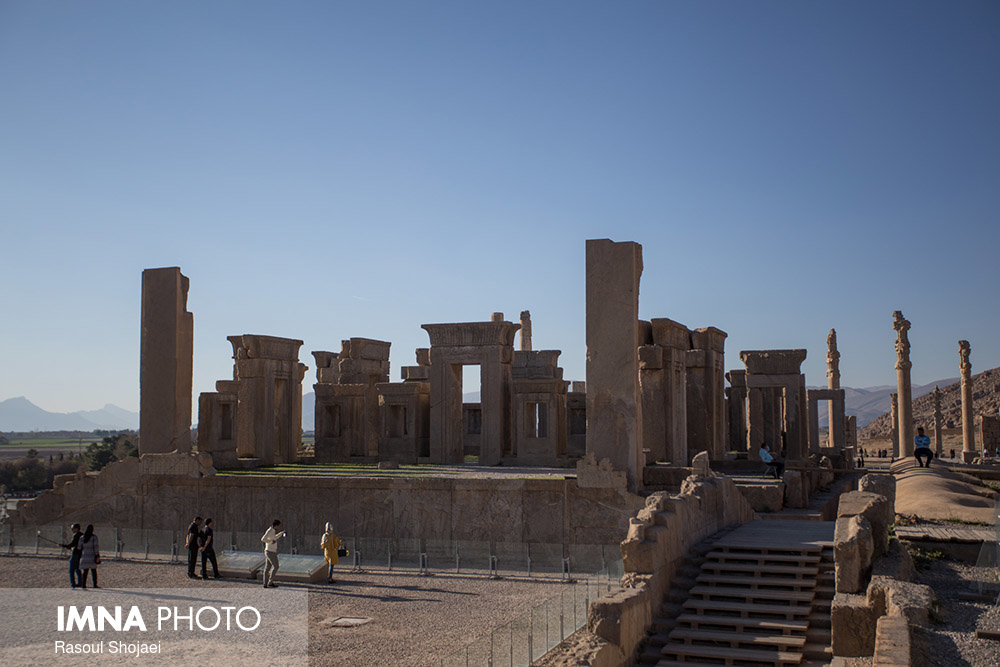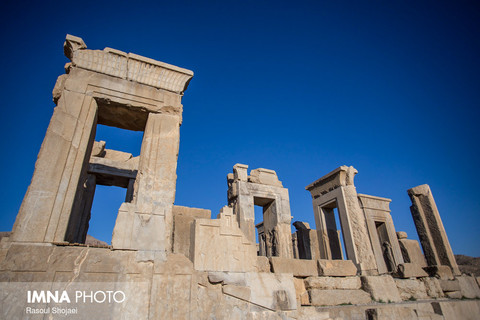Iran (IMNA) - This great wonder of the ancient world located 70 miles northeast of Shiraz in Iran. Darius the Great made Parsa the new capital of the Persian Empire, instead of Pasargadae, the old capital and burial place of King Cyrus the Great.
Because of its remote location in mountains, travel to Parsa was almost impossible during the rainy climate in winter. So, this magnificent court was the summer residence of the Achaemenian emperors. Because medieval Persians attributed the site to Jamshid, an Iranian mythological king, it has been referred to as Takht-e-Jamshid, literally meaning “throne of Jamshid”.

Persepolis was built in a region of irregular terrain, on the top of a large man-made terrace. That terrace is located on the Marvdasht plain, 50 km northeast of Shiraz city and 80 km south of Cyrus the Great’s capital, Pasargadae. Archaeological evidence shows that the earliest remains of Persepolis date back to 515 BC.

According to André Godard, the French archaeologist who excavated Persepolis in the early 1930s, it was Cyrus the Great who chose the site of Persepolis, but during the reign of Darius I the terrace and the palaces were built.
Persepolis embodies not just a grand architectural scheme but also a grand idea which was conceived by Darius the Great who embraced tenets such as cultural tolerance and fair treatment of all subjects.

Darius sought to reflect these concepts in the design of the magnificent palace complex at Persepolis, inviting architects from the furthest corner of the Persian Empire to contribute to its construction.
The result is an eclectic set of structures, including monumental staircases, exquisite reliefs and imposing gateways that testified to the expanse of Darius’ domain.
In January 330 BC, Alexander the Great and his armies reached Persepolis and three months later he destroyed several buildings of the palace. The Palace of Xerxes seems to have received a special treatment, because it was damaged more severely than other buildings. People say that even at the present time, the traces of the fire are visible in some places. The importance and quality of the monumental ruins make it a unique archaeological site.



Your Comment